Last Updated
Almost anybody who visits Los Cabos is going to want to see its stunning beaches while there, but is it always safe to swim in Los Cabos?
Recently, dangerous bacteria have been found in the water, so what does that mean for tourists who have plans to visit one or more of the beaches in the destination?
Read on to find out what types of bacteria were found and what it means for you during your Cabo vacation.

Dangerous Bacteria At Los Cabos Beaches
There were two different types of potentially dangerous bacteria found in the water at Los Cabos beaches.
One was Enterococcus faecalis and the other one was Escherichia coli, better known as E. coli.
Both can cause a number of infections, including gastrointestinal infections.
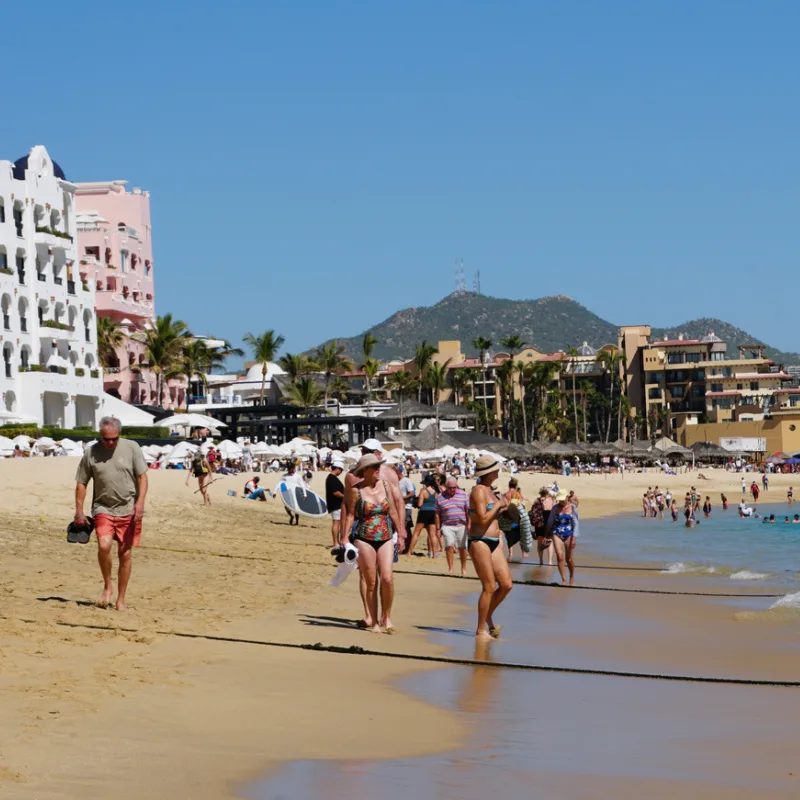
What Does The Presence Of The Bacteria Mean For Beachgoers?
Despite the presence of these bacteria in the water at Los Cabos beaches, there has not been a warning issued to avoid the beaches.
It’s common for some levels of these bacteria to be present, how much is what determines how dangerous it is.
Even when it is present, it doesn’t necessarily mean that you’ll get sick, but that’s a risk you take.
Because Los Cabos didn’t issue a warning to avoid the beaches, the levels of bacteria are likely not that high.
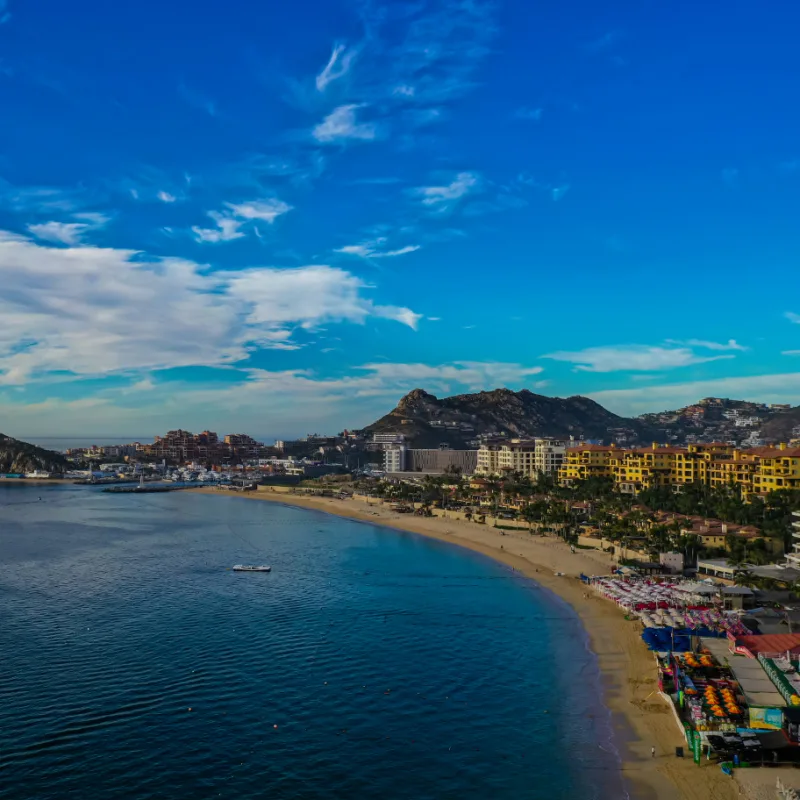
Tips For Avoiding Illness
Typically, both of these types of bacteria enter the body through food, but they can also get in through an open wound, so you may want to avoid the water if you have one.
You should also avoid swallowing any water while you’re swimming.
Other tips for avoiding illness include not swimming after heavy rain storms and choosing less busy beaches not located in busy urban areas.
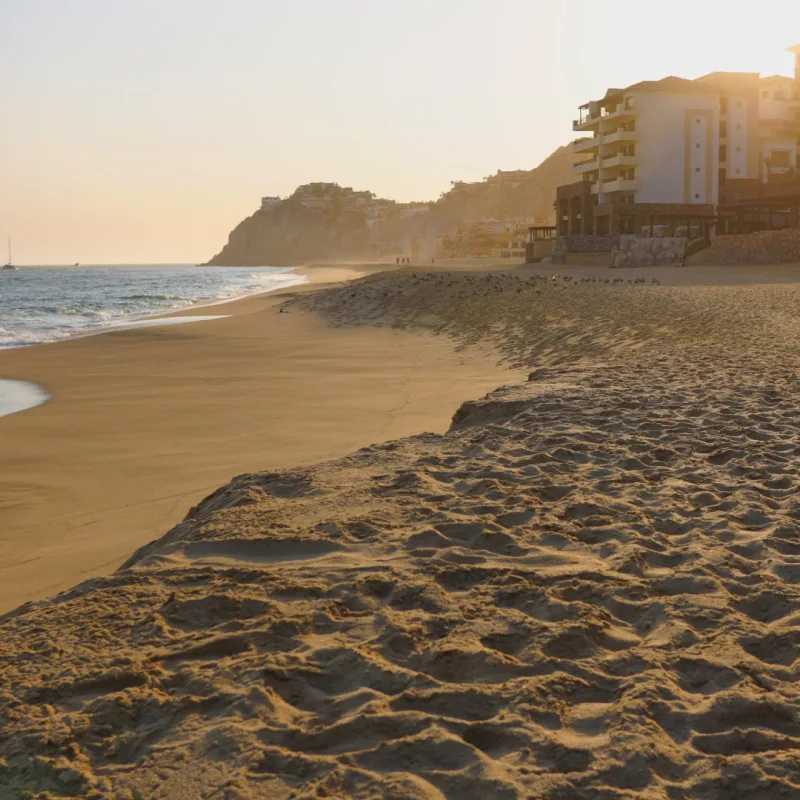
How To Know If You’re Sick
Symptoms for illnesses caused by these types of bacteria can take anywhere from 1-10 days to show up.
Some of the symptoms you might have include stomach cramps, nausea, loss of appetite, low-grade fever, and lethargy.
If you have any of these symptoms after swimming, you should consult a doctor.
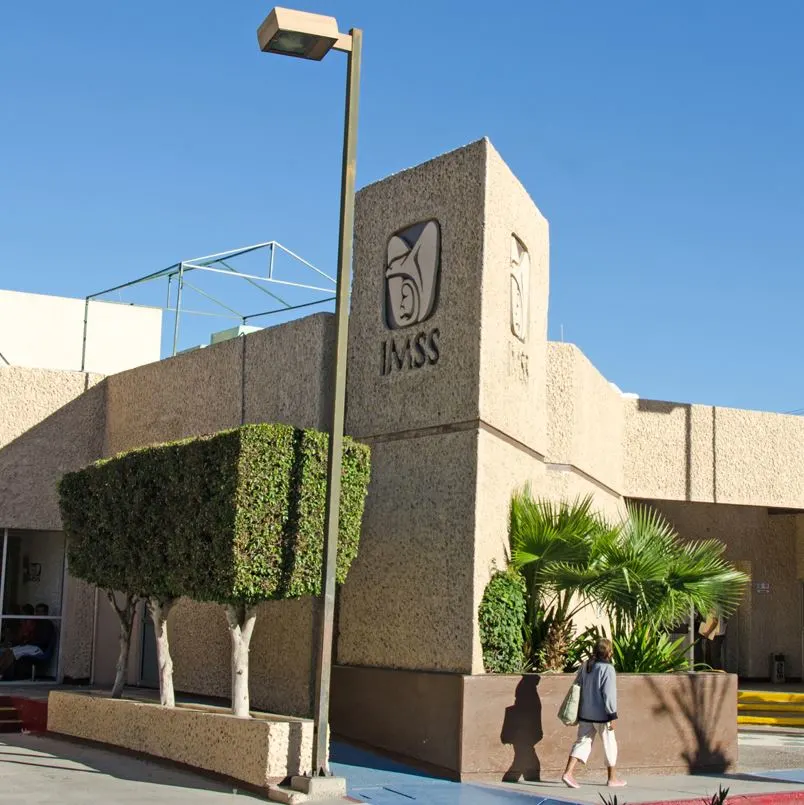
The Importance Of Travel Insurance
Having travel insurance can really help if you get sick while vacationing in Los Cabos or anywhere else abroad.
It can cover medical expenses, return flights home if you have to end your vacation early, and many other expenses.
It’s important to shop around for travel insurance, though, because policies can vary greatly from one to the next.
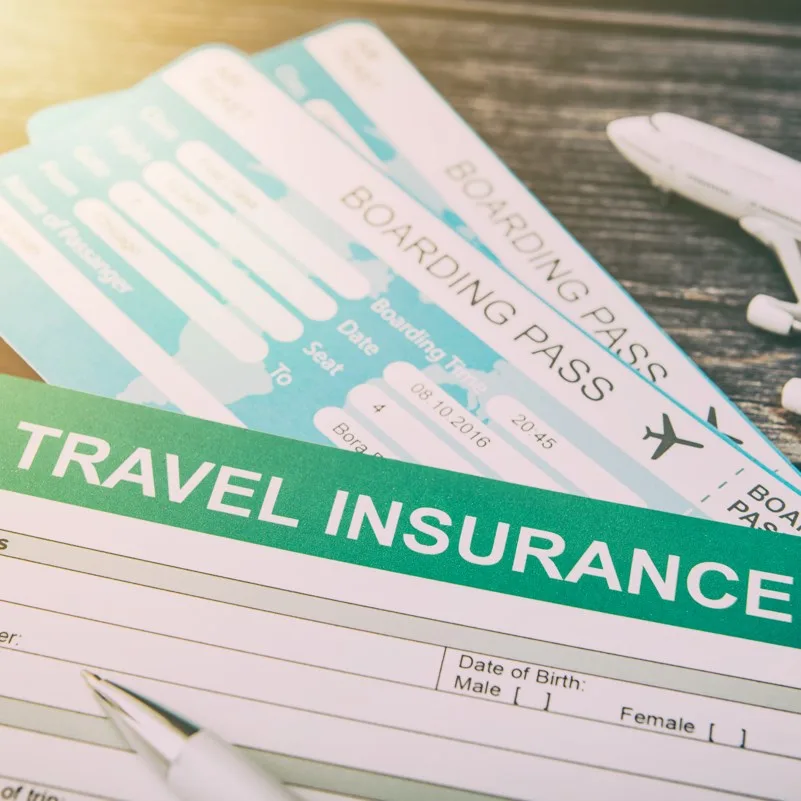
Popular Los Cabos Beaches
Authorities did not mention any specific beaches being more dangerous than others, just that the two types of bacteria were found in the water in the region.
Los Cabos has many beaches and if they’re filled with beachgoers, they are likely safe enough for swimming.
Some of the more popular beaches that will be likely to be filled with beachgoers if they are deemed safe include:
- Lover’s Beach
- Medano Beach
- Chileno Beach
- Palmilla Beach
- Santa Maria Beach
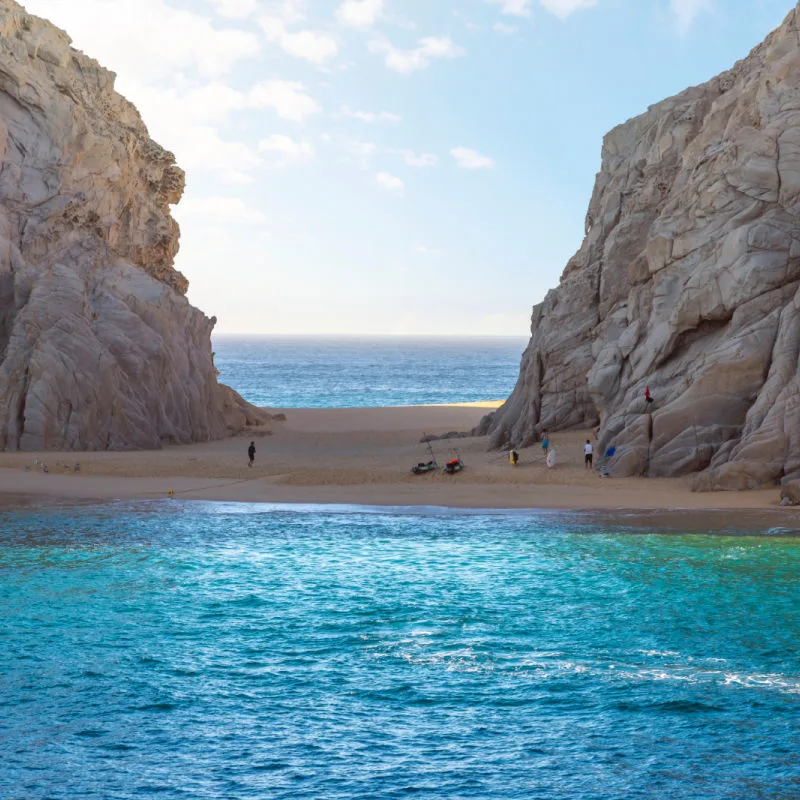
How To Find Out If A Beach Is Safe For Swimming
If you want a little more reassurance that a beach in Los Cabos is safe for swimming than simply the fact that other beachgoers are in the water, there are a couple of things that you can do.
One is to look for signs on the beach indicating that it is closed.
The other thing that you can do is ask the lifeguard on duty, which a lifeguard being on duty alone is an indication that the beach is open.
If you still don’t want to take your chances, you can always spend your time relaxing in your resort’s pool.
Plan Your Next Cabo Vacation:
Traveler Alert: Don’t Forget Travel Insurance For Your Next Trip!
Choose From Thousands of Cabo Hotels, Resorts and Hostels with Free Cancellation On Most Properties
↓ Join The Community ↓
The Cabo Sun Community FB group has all the latest travel news, conversations and current events happening in Los Cabos

Subscribe to our Latest Posts
Enter your email address to subscribe to The Cancun Sun’s latest breaking news affecting travelers, straight to your inbox.
